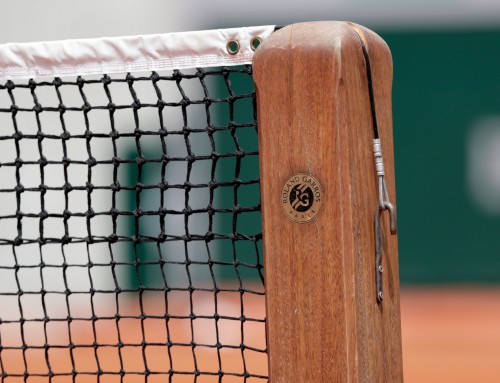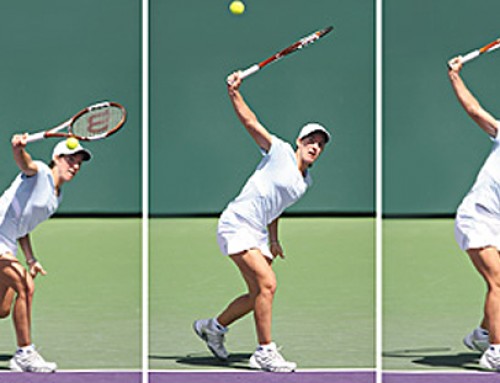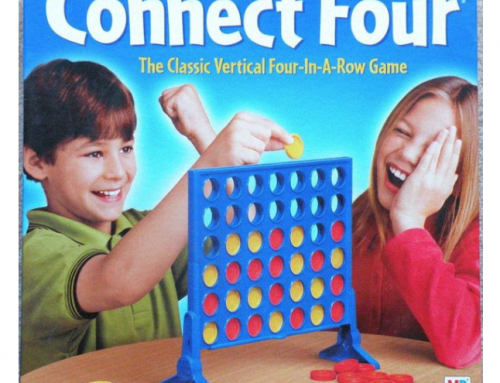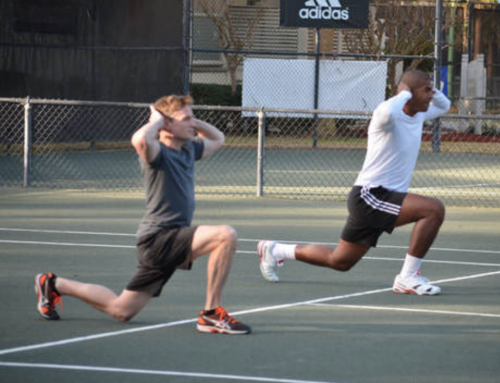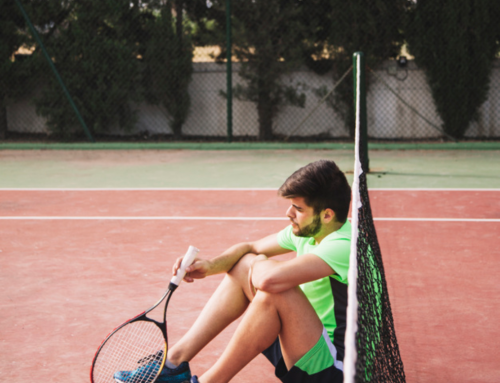There are few elements in tennis that are more black and white than today’s focus…
It’s 100% universal.
High level players (anybody north of 4.5 NTRP) always use it.
Low and intermediate players almost never do.
It takes very little effort to execute, but the payoff is huge: much quicker response to opponent’s shots, more focus on what matters most in a rally, and an overall proactive mentality instead of a reactive one.
What is it?
The split step!
I know exactly what some of you are thinking: “Oh great….here we go again. Another sermon on the split step!”.
Please read this sentence carefully: I start all of my group coaching clinics by checking who split steps and who doesn’t. In my 3.0-3.5 groups I almost never see a player split stepping. In our 4.0-4.5 clinics maybe one or two out of eight students, but rarely more than that…
…and please keep in mind the players who attend our clinics are the most focused, driven, passionate players on the face of the earth!
They’ve watched all the videos, taken hundreds of lessons, studied all our programs, play 5 days a week, but the STILL don’t execute the most fundamental movement habit there is!
Why?
Because the split step is talked about constantly but never trained.
It’s just like ANY other technical habit: at first it only happens through conscious effort, and it will only ever occur automatically if you purposefully practice it over and over.
Those random reminders to yourself or from your coach at home don’t do anything.
You do it again for the next couple shots, say to yourself “Ok, now I’m doing it again”, and then your focus shifts to the match or some other technical element and it disappears again completely until the next reminder.
Listen, if you want to be a high level player you need to develop the habits that are universal among them, and none are more foundational than the split step. Period!
Executing it correctly will totally transform your movement around the court, and it goes hand in hand with all the other factors we’ve been talking about in this series.
How do you get comfortable with it and train it to be an automatic habit?
I actually recommend starting off at home and practicing while you watch tennis on TV…
As one player starts getting ready to serve get in your ready position and pretend you’re the returning player. Watch the toss go up into the air and time your first split step with contact of the serve.
Then, as the point is played out watch the ball travel back and forth and execute a split step EVERY time the serving player strikes the ball. In other words, you’re pretending that you’re playing a point as the returning player.
Please don’t execute the rest of the footwork patterns in the point….we don’t need you running into lamps and book cases 🙂
Of course, this will feel really goofy at first (especially if the kids or your better half is watching) but I promise you, after a bit of practice, you’ll start falling into a rhythm and you’ll feel so ready to pounce on the ball as it comes off the strings of your pretend opponent.
The next best way to practice is on the court, outside of a match situation. Ideally set up some practice time with a hitting partner where no competition is involved.
Spend 10-15 minutes in the context of rallying from your most comfortable spot on the court where you don’t focus on ANYTHING else besides split stepping correctly, at the right time.
Is it a bit more effort at first? Yes.
Will it feel forced and unnatural at first? Yes.
Over time you’ll get used to both challenges and if you stick with it the split step will become second nature, and you’ll start doing it without even thinking.
The benefits you’ll gain will be MASSIVE and completely worth the effort.
Will you commit to developing this vital habit?
Gain some accountability by shooting me a quick reply to this email, even if its simply to say “I commit!”.
I want nothing more than for your game to improve, and I guarantee adding the split step to your footwork will help you tremendously.
Just in case you missed it:
Here are links to the first two installments in this movement series:
Part 1 – The “Four P’s” of shot anticipation: Click Here!
Part 2 – Where to move after hitting your shots: Click Here!
Put them all together and you’ll have everything you need to dramatically improve your movement, positioning, and athleticism around the court.
Thanks for reading and have an amazing day!



